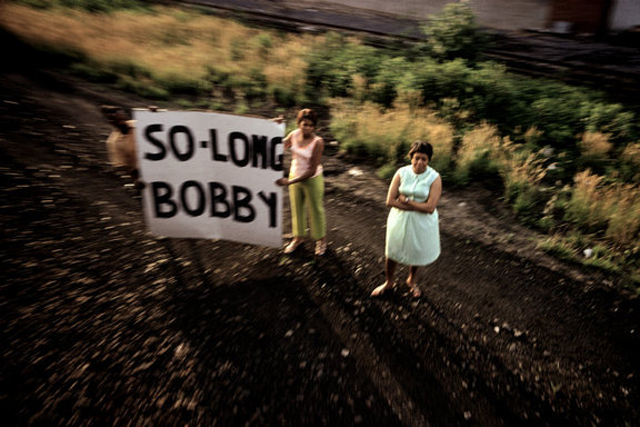
October 4, 17.00 – 19.00
Royal Academy of Art, Den Haag
http://www.kabk.nl/newsitemEN.php?newsid=0413&cat=09
Performance: Emile Zile
OMG_sisyphus and *best*RapidEssayNSFW!! by Amsterdam-based Australian artist, resident of the Rijksakademie. Live video essays with online and prepared video sources from YouTube, 24hour news streams, scientific trials, viral marketing blips, social software and monologues by .com-era cult leaders to weave an audiovisual portrait of contemporary culture and its acceleration of signs. With tutorials, self-portraiture, factory presets, the ecstasy of viewing and the sadness of YouTube.
Lecture Almila Akdag (UVA)
A theoretical view on the nature of (high/low) art and the art market, and its relation to online art communities. Almila Akdag, from the University of Amsterdam, has received a Veni awardfrom NWO to conduct her own research for 3 years. The project is a combination of the application of various scientific methodologies (mostly social network analysis and analysis of image archives). In this lecture she will talk about DeviantArt, an online community of artists and art appreciators, that plays a nowadays role of the Salon des Refuses. She will show the history of this initiative and highlight its social and organizational structure as well as its impact on the art education for the next generation of artists.


















